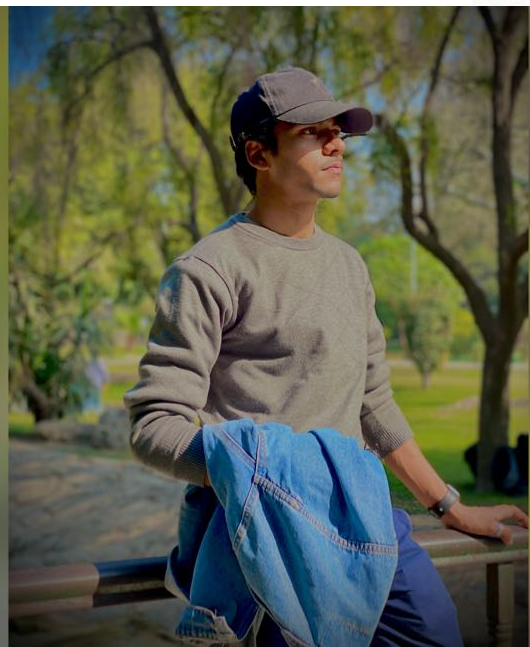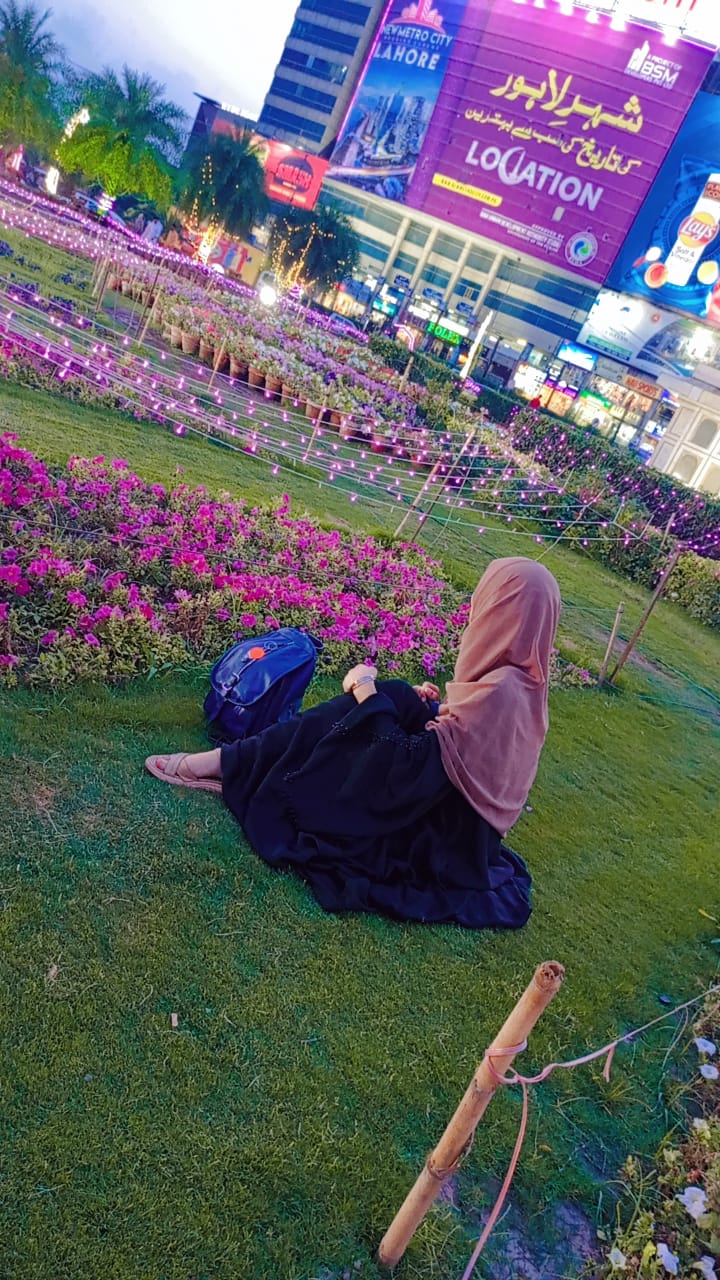By: Syed Shayan

English Version Stats: 4 hr 52 min total reading time by 39 readers
[Urdu version metrics tracked separately]
River Land (Part-2)
Rivers Set Their Own Boundaries
Why Construction Is Forbidden on Three Critical Zones
?
I spent more than a decade editing the property newspaper Peela. Around 2015, word reached me that a senior official from Lahore Development Authority’s Planning and Development Department had flown to Ahmedabad, India, to study the Sabarmati Riverfront Project. The plan, I learned, was for LDA to replicate a similar development along the Ravi in Lahore. I broke the story in my paper. Later, when I studied the Ahmedabad project myself, a number of lessons stayed with me.
Now, as Lahore’s Ravi Riverfront Project and its glittering new societies sit under water, those lessons feel urgent to recall. For the first time, I am sharing them with my readers.
One principle guides development anywhere near a river. Science and environmental law forbid permanent construction on three critical parts of river land.
Wherever political clout or bribery bends this rule, citizens must be alert enough to refuse such projects. Because these buildings rise not in safety zones but in danger zones. Investment here puts both life and property at risk, and in the event of a major flood, the loss is absolute.
Public awareness is the only real defense against these unlawful and environmentally reckless schemes.
1. The River Bed
The river bed is the most sensitive part of the river. It is the channel where water flows, expands in monsoon, contracts in dry season, and carries layers of silt, sand, and stone. It is a living, dynamic system and the foundation of the river’s ecological balance. It shelters fish, aquatic plants, and entire habitats.
Building here is banned for good reason. A road or building narrows the channel, raises water pressure, and triggers destruction upstream or downstream. Globally, law and engineering practice are clear. The river bed must remain open so the river can breathe.
I have long imagined the river as a king, and its bed as the king’s resting place. Sometimes the king sleeps, sometimes he celebrates. Disturb that rest, and history shows the punishment is always harsh.
2. The Floodplain
The floodplain stretches beside the river, deceptively dry in ordinary days, but designed to drown when rains and floods arrive. It is a cushion, absorbing pressure and dispersing water. The soil here is loose, sandy, often clay, and its bearing strength is low. Buildings here sink, tilt, or collapse over time.
When left untouched, the floodplain absorbs excess water and saves cities. When paved with housing schemes, that protection vanishes, and floodwater is pushed straight into urban neighborhoods. That is why around the world, floodplains are no build zones.
Developers, however, often press forward, armed with connections or bribes. They drill deep piles into weak soil and claim safety. Buyers believe it. Yet piling only props up a structure for a while. It never changes the soil. Costs balloon, but the risk remains. The result is that families pour their savings into homes that can disappear in minutes when a flood or subsidence hits.
3. The Buffer Zone
Beyond the river bed and floodplain lies the buffer zone, land that must remain free. Its role is ecological balance. Trees, grass, and greenery grow here to soak up moisture, clean the air, and shield the riverbank from erosion. It is nature’s protective wall between water and settlement.
Kept intact, it is a safeguard. Built upon, it becomes a trap. That is why globally, buffer zones are turned into parks, reserves, and green belts, never into housing colonies.
The Larger Truth
In short, the River Bed, Floodplain, and Buffer Zone must remain vacant so rivers can flow, floods can disperse, and nearby populations remain safe. These lands are not for sale. They are not real estate. They are nature’s insurance policy, protecting both human life and the environment.
To be continued in Part Three…
2















1 Comment
39 Views